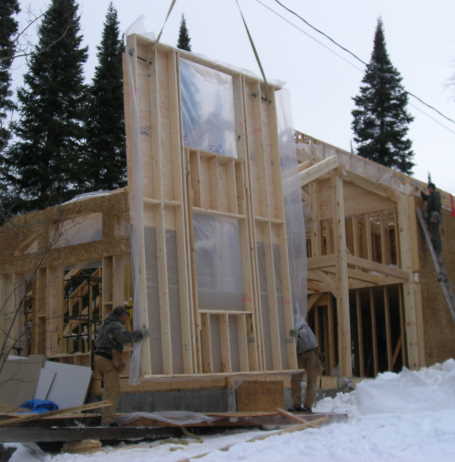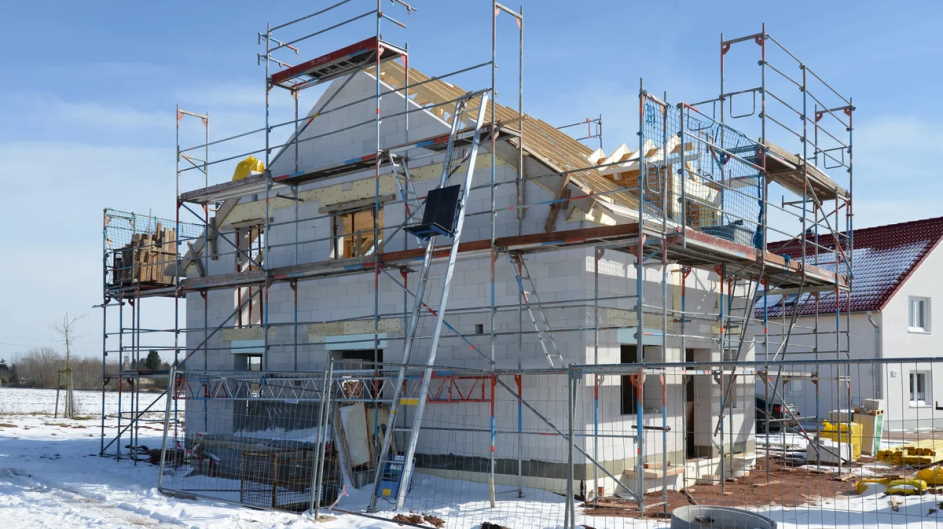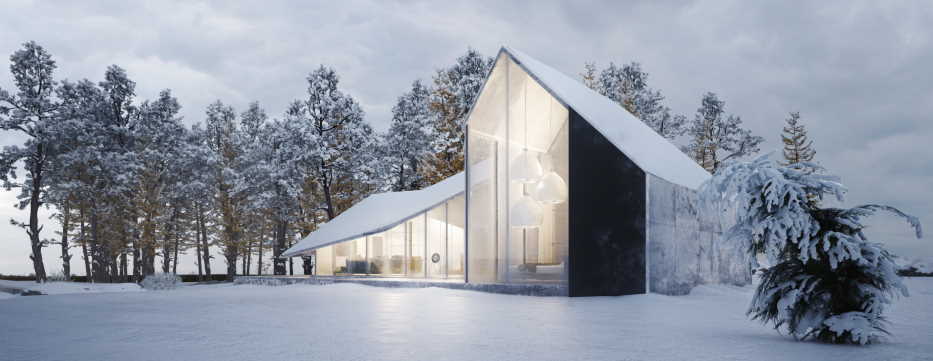To build a house in the winter months can have its advantages. Of example, as builders have less building jobs due to the summer months, you are likely to expect more attentive support from the general contractor and subcontractors, such as drywall technicians, painters and plumbers.
In comparison to this clear advantage, however, consider the significant drawbacks of winter home building.
 Winter months may face some serious challenges for new home builders. But experienced workers know how to defend themselves from the weather and can follow a timetable that helps them to work during the winter months and get a new home ready for springtime.
Winter months may face some serious challenges for new home builders. But experienced workers know how to defend themselves from the weather and can follow a timetable that helps them to work during the winter months and get a new home ready for springtime.
Plowing through the snow Depending on the location, a winter home construction project may be disrupted by the issues of entry to the site.
After heavy snowfall, you can face plowing and shoveling costs so that the work workers can reach the building site.
When you are constructing on a steep, extremely slippery road, it would be difficult for the teams to drive safely to the site after light snow.
Big building supplies Trucks can find winter conditions too difficult to hit the construction site.

Job Site Problems
On a cold-weather building site, builders must struggle to complete structural framing and roofing work prior to snow or freezing rain impacts on interior space.
Workers also need to finish window and door construction more rapidly for the same purpose. Within, teams also require emergency kerosene-fueled heaters to keep warm when completing indoor activities such as plumbing and electrical work.
The roofing contractor would also find it more difficult building in the winter months to mount shingles in cold temperatures. The shingles become fragile and are more difficult to manage, and also do not seal well.





